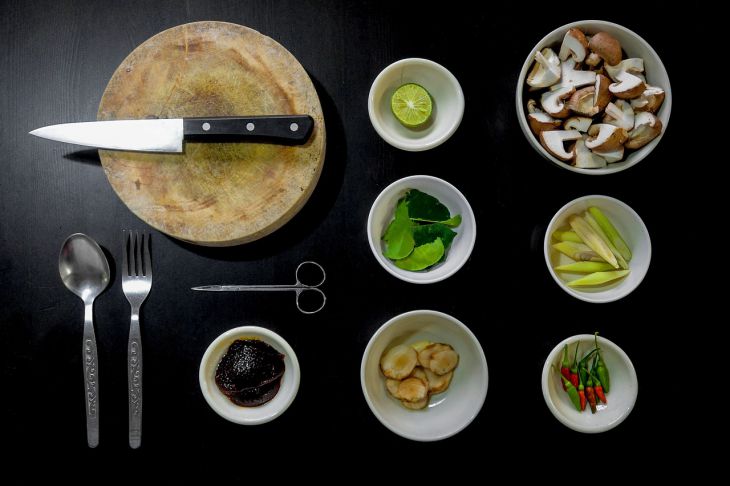Nutritionist Maria Kapralova explained the benefits of plant proteins and where they are found in abundance
The topic of proteins, fats and carbohydrates is constantly on people's lips, but there are differences in each group of macronutrients, and today we will look at proteins, but not of animal origin, but of plant origin, which many often underestimate and practically do not use in the diet, and in vain!
Any kind of protein is a building material for the cells of the human body, and the quality of this protein affects what the cells of our organs will be built from. Let's take the example of building two identical houses, where one is built from new and even bricks, and the second from recycled materials. Which house do you think will be safer, stronger and last longer? The answer is obvious! The same thing happens inside our body - whatever "material" was brought, our "house" is built from, says nutritionist Maria Kapralova .
Vegetable protein brings many benefits to the body and allows us to maintain youth and beauty!
What exactly does plant protein give to a person?
- A large amount of protein, that is, protein
- Vitamins and minerals
- Lots of fiber
- Removes toxins
- Reduces blood cholesterol levels
- Regulates blood glucose levels
- Long lasting saturation
The richest sources of plant proteins are legumes and cereals, as well as nuts, seeds and mushrooms. Let's take a closer look at each type:
Legumes - soybeans, beans, peas, chickpeas, lentils, mung beans, and, you'll be surprised, this includes peanuts, as they grow in the ground and are part of the legume family. From these products, you can prepare a variety of dishes and snacks for every taste!

Cereals and grains - oats, rice, corn, barley, wheat, rye and buckwheat. These are our wonderful complex carbohydrates, which can be used as side dishes for any meal.
Nuts - almonds, pistachios, cashews, walnuts, hazelnuts and pine nuts. They can be a stand-alone snack or added to salads, desserts and pastries.
Seeds - sesame, chia, flax, pumpkin seed, sunflower. They can be added to a great variety of dishes - porridge, smoothies, salads, snacks, desserts, pastries, bread.
Mushrooms - the favorite is the porcini mushroom, then come the birch boletes, chanterelles, milk mushrooms, honey mushrooms and champignons. Mushrooms can be frozen, dried or pickled for future use. Some can be eaten raw.
It is important to understand that a human is a mammal, and his digestion is arranged in the following way. Animal proteins are digested up to 80-90% of the amount consumed in food, but plant proteins are not distinguished by such digestibility - only 40-60% is received by the body. Mushrooms are more difficult for the gastrointestinal tract and are digested only 20-30%.
If you want to get your daily protein intake from plant sources, you need to add a little more to your diet, taking into account digestibility. That's all! Choose quality protein sources and be healthy!
